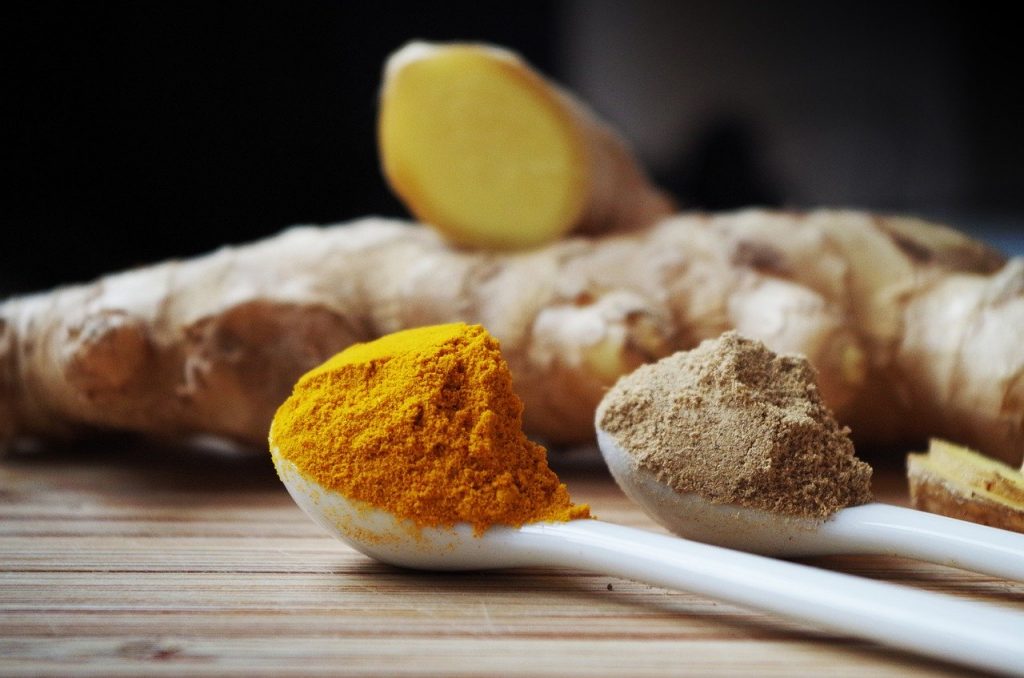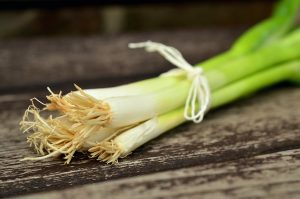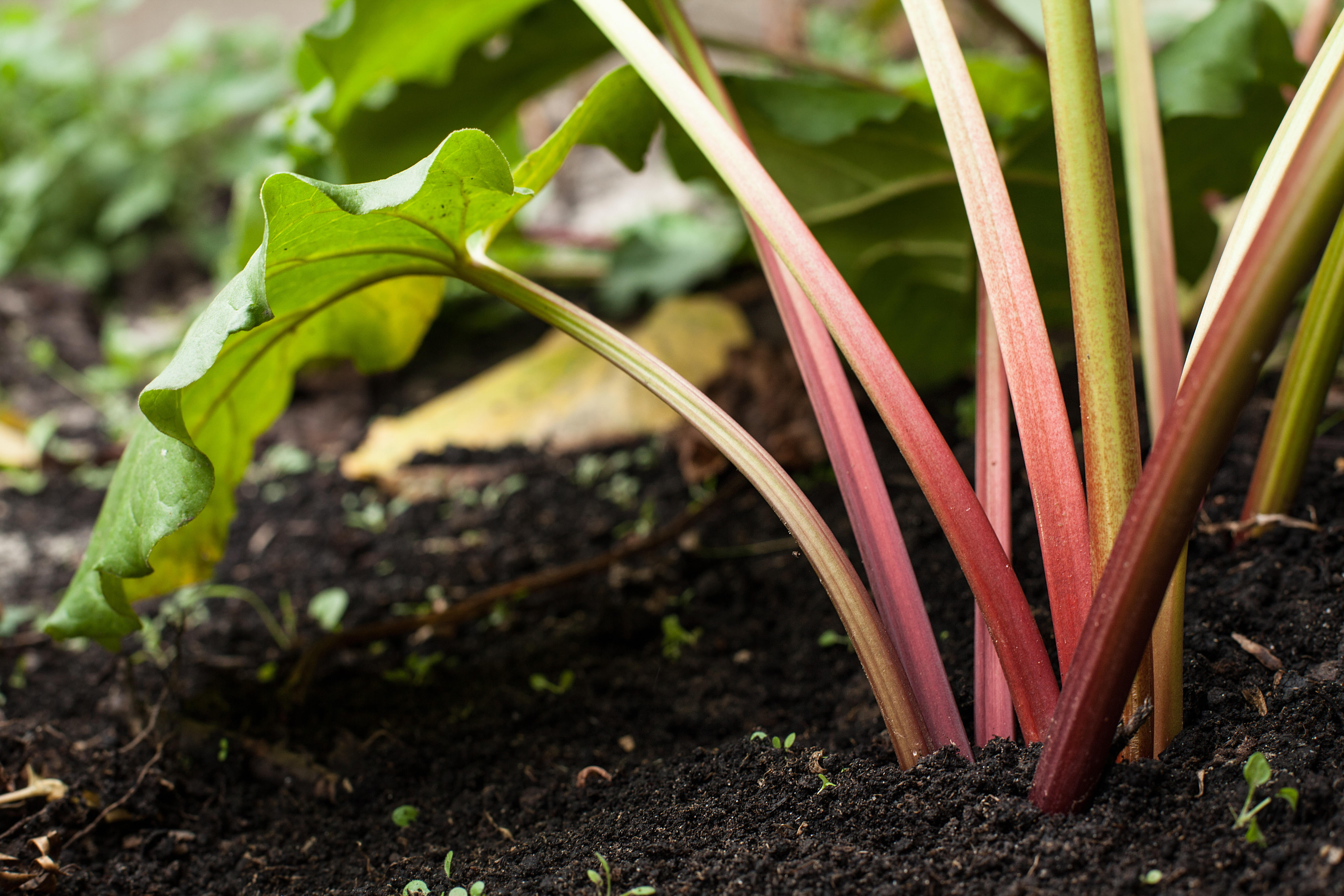Ginger is a beloved plant and trusted ally in any healer or chef’s toolkit. A flowering plant native to China, ginger root has been used in traditional medicine for thousands of years. It is packed with powerful compounds and nutrients that help both your body and your brain.
What Is It About Ginger?
Responsible for much of ginger’s medicinal properties is gingerol, a bioactive compound found in the root that makes ginger a strong antioxidant and anti-inflammatory herb. In a controlled study of 247 people experiencing osteoporosis of the knee, the people who took ginger extract experienced less pain and needed less pain medication. There are also studies that showed when ginger was applied as a topical ointment, it helped to reduce pain and stiffness in osteoporosis patients. Ginger is also a folk remedy for upset stomach, nausea, vertigo, and motion sickness. There is scientific evidence that supports this inherited knowledge as well.
So, how can you start using it at home?

Ginger Root Tea
Start easy. Head to your local market or grocery store and pick up some ginger root. It is often found in the fresh produce section, and it is easy to recognize. When you’re home, chop off ½ inch chunks (3 or 4 should do the trick), put ‘em in your favorite mug, and then pour in some boiling water. By the time the water is cool enough to drink, you’ll have ginger tea. Yes, it is that simple.
Some tricks: you can cover your cup to retain heat better and steep the roots longer – this will give it an even spicier, strong taste. You can also add a squeeze of lemon and a spoonful of honey to your cup when you have those ingredients available to add sweetness and dimensionality to the flavor. On a hot summer day, you can brew this tea and stick it in the fridge for later, too. Pour it over ice after a couple of hours and bask in the crisp goodness of ginger root magic.
This tea is deliciously zingy every day but is particularly helpful on days when you are experiencing nausea, vomiting, indigestion, or morning sickness. It is generally light on the stomach but can provide gentle support as you heal up.
Add It To Your Smoothie
If smoothies aren’t already part of your weekly (or daily) routine, you may want to rethink that. It’s a luxurious treat that doesn’t have to be pricey if you’re savvy. Keep an eye out for when frozen fruit is on sale at your grocery store and experiment with combinations to find what suits you best. When adding ginger, a cheese grater can be a helpful tool – it saves time and will keep your smoothie from getting stringy with the root fibers. Use as much as you’d like and tap into those anti-inflammatory properties that this root so generously provides.
Ginger Marinade
Ginger can also be used in more meaty kitchen experiments. Particularly prevalent in the cooking cultures of Asia, there are a plethora of options to consult on the internet. Ginger grilled chicken, sesame ginger salmon, soy-ginger marinade for steak – the list goes on. Is your mouth watering yet? The only limits are your imagination and your taste buds.
Ginger Snap Cookies
Many people in North America may associate the taste of ginger snap with yule-tide celebrations, snow on the ground, and grandma. All of these things are true, but why contain it to just one season of the year?
With evidence pointing to the digestive and stomach-aid properties of ginger, snap cookies can have a double purpose: appease that sweet tooth for dessert and give your stomach some extra help as it works through the meal you just devoured.

Fermented Beverages
Perhaps like many people in the world, you’ve found yourself at home, sheltering-in-place. While the rest of the popular culture is finally trying their hand at sourdough bread, why not give some fermented beverages a try? Often, these recipes are quite easy and can save you tons of money. Plus, it’s rewarding to brew concoctions like a modern-day hedgewitch to share with your friends and family. Ginger can be a powerful additive to homebrew experiments like kombucha or mead. It adds to the complexity of flavor, while still providing the healing and preventative support to your body.
Ginger Soup
Soup is a great way to use ginger root, especially when you are recovering from a violent case of the flu or easing back into the world of solid sustenance after a bout of food poisoning. It is a gentle, warm broth that settles your stomach as you slurp it down. You may come to crave ginger soup even when your healthy, seeing as it is so delicious.
How have you used ginger at home? What are some ways to incorporate this powerful root into your daily routine?




















0 Comments